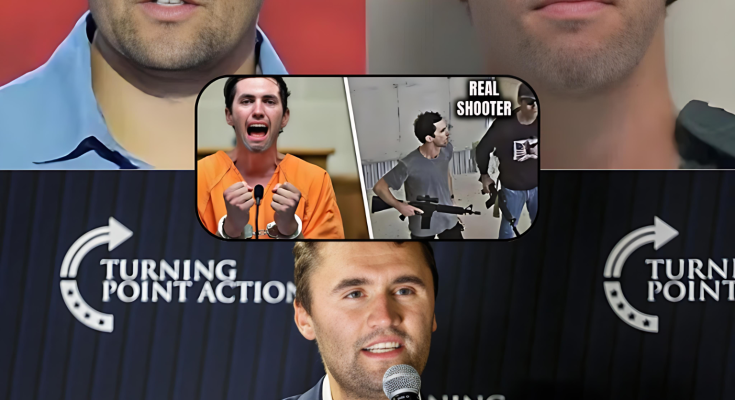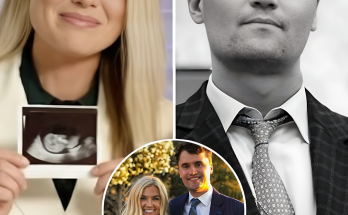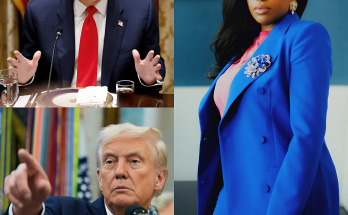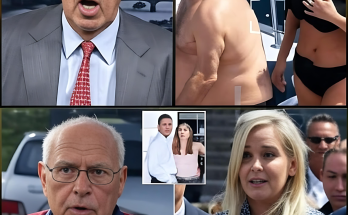THE SILENCE SHATTERED
It happened just after noon inside the packed federal courthouse in Salt Lake City, Utah, on October 20, 2025. The air was thick with tension.
Tyler Robinson, the 22-year-old accused in the tragic passing of political figure Charlie Kirk, sat pale and motionless at the defense table. Until suddenly, he stood.
His hands trembled, his jaw locked, and his voice cut through the courtroom like a blade. “I didn’t pull the trigger,” he shouted, “but I know who did!”
What happened next will likely go down as one of the most shocking moments in modern courtroom history. Robinson, the man many had blamed for the September incident, didn’t confess to the crime. He detonated it, shattering the established official narrative.
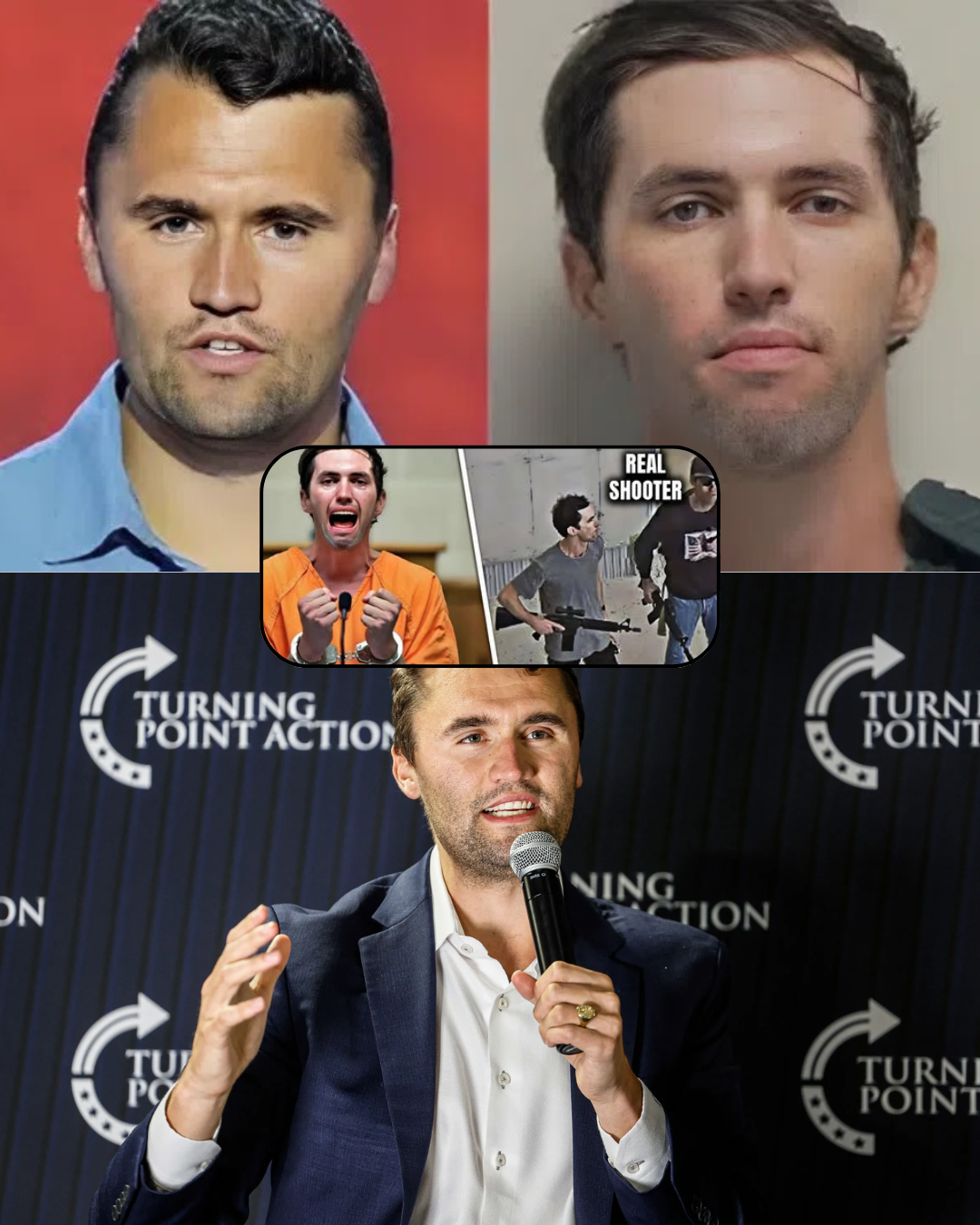
“I kept my mouth shut because they told me to,” he said, his voice breaking. “They said they’d protect me… that I’d be safe. But I was never safe. Not for a single day.”
The prosecutor objected. The judge slammed her gavel. But Robinson wouldn’t stop. He leaned toward the microphone, eyes blazing. “You want the truth? You can’t keep it buried anymore.
The person who pulled that trigger isn’t sitting here—it’s someone you all know, someone who’s been on TV pretending to care.”
The courtroom fell silent again, stunned by the directness and the audacity of the accusation. Robinson, once dismissed as a troubled former staffer, had been the key suspect, painted by investigators as a man with a short temper and a murky past.
Yet, those who knew him painted a different picture: a quiet technician, a father of two, someone who never sought the spotlight.
When he finally broke his silence in court, it wasn’t with the tone of a criminal, but of a man cornered by forces much larger than himself.
“I met people I shouldn’t have met,” he said during the testimony. “They said they were from a protection detail. They weren’t. They gave me instructions that made no sense. Then, when things went wrong, they vanished.”
THE WEB OF CORRECTION
That statement sent immediate shockwaves through the legal team and the watching press. Whispers rippled through the courtroom: was he talking about a rogue security contractor? A political operation gone wrong?
A federal investigator who spoke to The Observer under condition of anonymity later admitted: “We’ve been chasing the logistics of that night for months. What Robinson said—some of it matches inconsistencies we already noticed.”
By late evening, FBI spokespeople refused to comment, saying only that “all testimony will be reviewed.” But off-record chatter within Washington hinted that a “second layer” to the Kirk case might finally be surfacing, validating the conspiracy theories that had been dismissed for months.
Outside the courthouse, hundreds gathered behind police tape. Some carried signs reading “Free Tyler” and “Who Really Ended Kirk?”. Others shouted that Robinson was lying to save himself.
Rain began to fall, glistening on the flashing lights of satellite vans. Reporters shouted questions as Robinson was escorted out under heavy guard. He didn’t speak. His head was bowed, but his jaw was tight—as if he knew this was only the beginning.
By October 21 morning, Washington was ablaze. The House Oversight Committee announced it would request access to court transcripts. Independent journalists dug into campaign donations and private security firms linked to the Utah event.
Talk-show host Dana West opened her evening program with a chilling statement: “If what Tyler Robinson says is even half true, this isn’t just a case—it’s a national scandal.” On social media, threads multiplied, connecting dates, faces, and leaked documents.
A supposed “insider” account claimed that Robinson’s “promises of protection” came from a shadow network tied to an unnamed federal consultant. None of it was verified—but the internet had already made up its mind.
ECHOES OF BETRAYAL
When the trial resumed the next morning, security was doubled. Robinson appeared calmer but resolute. “You think I’m crazy,” he said softly to the judge, “but you’ll see. I didn’t fire that gun.”
The prosecution accused him of deflection. Yet even they seemed rattled when Robinson’s defense team presented what they called “correspondence of coercion”—a series of encrypted messages allegedly sent to Robinson days before the shooting, promising “support” and “immunity.”
The authenticity of those messages remains under investigation. But just the mention was enough to send the public into another frenzy. Legal analysts called it “the turning point.”
“Up until now,” said criminologist Dr. Lance Patterson on NBC Live, “this case was black and white: assailant and victim. After Robinson’s testimony, it’s shades of gray—and every shade looks darker than the last.”
Family members of Charlie Kirk were seen leaving the courtroom in silence, refusing to comment. The public, which had demanded swift justice, was now confronted with the possibility that justice had been premature.
Adding fuel to the blaze, a short clip surfaced on Telegram late Monday night—purportedly from a security camera near the Utah Valley campus. The grainy footage showed a figure in dark clothing moving behind the crowd seconds before the gunfire.
Independent analysts couldn’t verify its authenticity, but the timing couldn’t have been worse for prosecutors. By Tuesday morning, every major network was airing freeze-frames of the mysterious figure with headlines like “The Man Behind the Shadow.”
Sources close to Robinson’s legal team claimed he’s received new threats since speaking out. He was under 24-hour protection. Meanwhile, an unverified memo circulating online suggests the Department of Justice has formed a special review panel to re-examine “irregularities in evidence handling.”
THE BREAKING POINT
Inside his cell, Robinson reportedly refused all food for 24 hours after his first outburst. His lawyer, Melanie Dawes, told reporters, “Tyler’s terrified. But he’s ready to tell everything—if the court lets him.”
During cross-examination, prosecutors tried to corner him with inconsistencies. Robinson’s reply was cold: “You can twist my words, but you can’t erase what really happened.”
When asked directly who he believed ordered the hit, Robinson’s answer came in a whisper that still echoed through the room: “They needed someone to take the fall.”
He looked up, locking eyes with the cameras. “They built this story around me because it was easy. But the real assailant? He’s sitting somewhere right now, watching this on live TV.”
Gasps filled the courtroom again. After months of denial, public opinion flipped.
Polls showed 61 percent of Americans now believed Robinson’s version “deserved further investigation.” The single, devastating testimony had exposed cracks in the foundation of the official investigation.
